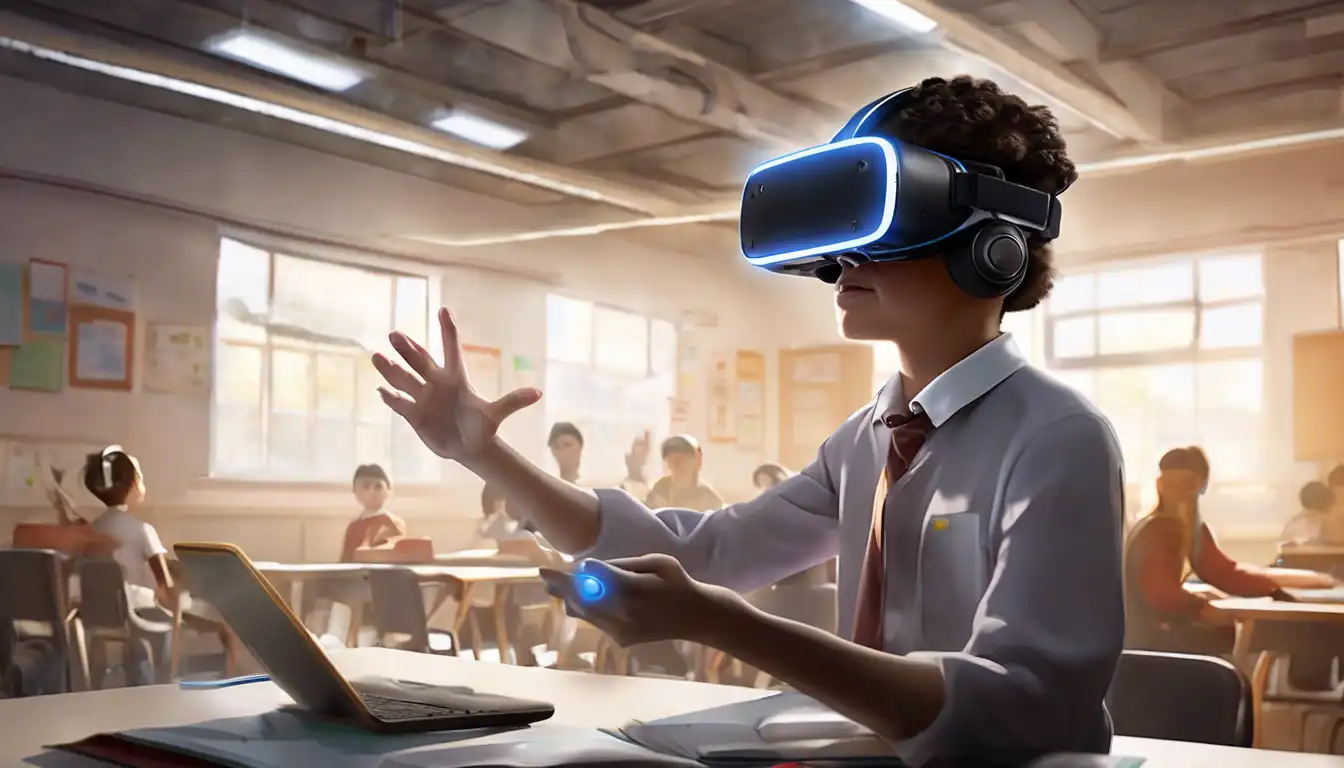The Transformative Impact of Virtual Reality on Learning and Skill Development
Virtual Reality (VR) technology has rapidly evolved from a futuristic concept into a practical tool with the potential to revolutionize education and training. By creating immersive, interactive environments, VR offers unparalleled opportunities for experiential learning, making it a powerful asset in both academic and professional settings.
Why VR is a Game-Changer in Education
Traditional learning methods often struggle to engage students fully, leading to gaps in understanding and retention. VR addresses these challenges by providing immersive experiences that simulate real-world scenarios. For instance, medical students can perform virtual surgeries, gaining hands-on experience without the risks associated with real-life procedures. Similarly, history classes can transport students to ancient civilizations, making learning more engaging and memorable.
Enhancing Professional Training with VR
Beyond the classroom, VR is transforming professional training across industries. From aviation to manufacturing, employees can practice complex tasks in a safe, controlled environment. This not only improves skill acquisition but also significantly reduces training costs and risks. For example, pilots can hone their skills in virtual cockpits, preparing for real-life emergencies without ever leaving the ground.
The Benefits of VR in Education and Training
- Increased Engagement: VR's immersive nature captures learners' attention, making education more interactive and enjoyable.
- Improved Retention: Experiential learning through VR enhances memory retention by engaging multiple senses.
- Safe Learning Environment: VR allows learners to make mistakes and learn from them without real-world consequences.
- Accessibility: VR can bring distant or inaccessible environments into the classroom, broadening learners' horizons.
Challenges and Considerations
Despite its potential, VR in education and training faces hurdles such as high costs, technical limitations, and the need for specialized content. However, as technology advances and becomes more affordable, these challenges are gradually being overcome. Educators and trainers must also adapt their curricula to integrate VR effectively, ensuring it complements traditional learning methods rather than replacing them entirely.
Looking Ahead: The Future of VR in Learning
The future of VR in education and training is bright, with ongoing advancements promising even more immersive and interactive experiences. As VR technology becomes more accessible, its adoption in schools and workplaces is expected to soar, reshaping how we learn and develop skills. The key to maximizing VR's potential lies in collaboration between educators, technologists, and policymakers to create meaningful, impactful learning experiences.
For more insights into the latest trends in e-learning, check out our guide on e-learning trends.
